The history of bike fitting
Summary
In this article we review historical notions of cycling biomechanics and bike fitting as an established industry in the present time. We identify the 3 most important technological milestones in cycling history that contributed to the rise of bike fitting and cycling biomechanics. We also review the common practices in the earlier years of cycling fitting.
Table of contents:
1 – Introduction
2 – Early research on bike fitting
3 – Enter the clipless system (1984)
4 – Common practices in the 90s
5 – The 2000’s turn-around point
6 – References
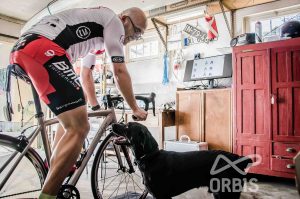
Nuno Gama, PhD
Nuno is passionate about science, sports, his family
and dogs. He currently rides a Fuji one.1 equipped
with Ultegra and Mavic Cosmic carbon pro.
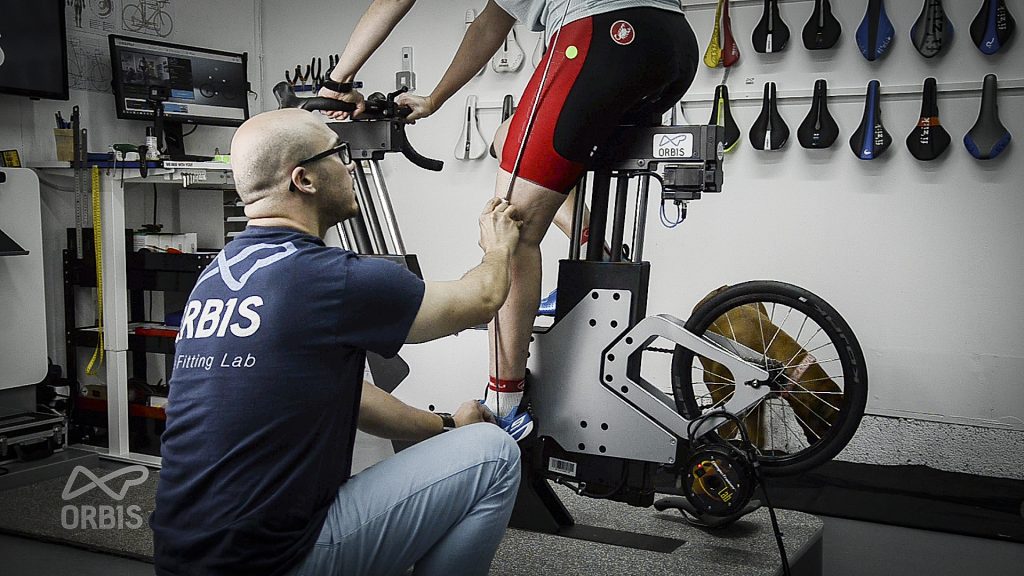
1 - Introduction
Adjusting a particular piece of equipment to its user has always been a concern for mankind and the notion of fitting is not a new one. From shoes, to insoles, to clothes, hats or even gloves, an appropriate fit to the individual anthropometry not only improves comfort but also function. In this post, we review the notions of bike sizing from the early days, all the way to the development of modern computerised tools that guide the bike fitting process of today’s services. Along the way we mention the most important landmarks in cycling that shaped the way bike fits and bike fit tools are used today.
2 - Early research on bike fitting and the 70s
The first proper study on saddle height was conducted in 1939 but studies into cycling were few and sparse until the late 90s, with 2 or 3 studies being published in peer review scientific journals, per decade. It wasn’t until 2005 that we saw an increase in cycling research, with 8 published studies that year. From 2010 the term cycling biomechanics started to be used more regularly and all research into saddle height was now being integrated in this bigger field of research. See figure 1 (middle), which illustrates how this is still not a lot of research if you compare it to the number of studies containing the key words “knee pain”, or even cancer research (bottom).
Cycling biomechanics is, therefore, quite a young field and to us at ORBIS that is very exciting because that means there is so much yet to learn and discover. As far as we could find out, it all began in the 70s. The term bike fitting appeared for the first time in the scientific literature in 1998 (research study here). Before then, bike fitting wasn’t exactly fitting; it was more bike sizing. At that time, bike builders would use static measurements in order to built different frame geometries for riders. In the decade between 1970 and 1980, most frame manufactures were using the CYCLING manual or the CONI method.
You can find the full CONI manual here, but check also this very nice book review by Calvin Jones from ParkTool.
The CONI manual is a very special book in cycling because, it was here that was published (arguably) the first attempt at a scientific approach to bike sizing. In this manual, the authors encouraged the reader to take static measurements from a cyclist and compare them to normative data acquired by the Italian Federation of Sports.
The CONI method failed in that the general guidelines proposed were too far from the anthropometric and performance measures of the average cyclist. At the same, Ben Serotta identified some of the limitations of the CONI method and moved towards an individual approach away from general guidelines. Ben built what can be considered the first fit jig called the SizeCylce (by the way all this information is available on Ben’s Institute page).
Figure 1


The SizeCylce was an adjustable ergometer which was used to size bicycles. However, we are still very much in the realm of bike sizing. That was until William Farrell from the New England Cycling Academy developed the first widely available fit system in the world – the FitKit. The FitKit consisted of instruments to take static measurements, a software to record data and normative charts (which would provide a loose estimate of bike size). But, William Farrell was also responsible for the first ever purposely built bike fitting tool in 1981, the R.A.D., or the rotational adjustment device.
The RAD was used for cleat alignment, very much in the same fundamental way modern cleat alignment tools work. For the first time, bike mechanics, coaches and physiotherapists were able to medially or laterally rotate the shoe and quantify that rotation. A benefit of this was that we were now able to collect hundreds of data points from cyclists who were complaining with knee pain and compared them to those who were asymptomatic. At about the same time as the FitKit became available in the 80s, Greg Lemond wrote and published his book on “Cycling“, which has a full chapter dedicated to fitting or adjusting your bike. Awareness was beginning to grow.
3 - Enter the clipless system - 1984
From here, pedals evolve to include float which would give the leg more freedom of movement.
Interesting fact box:
The name clipless pedals is not very intuitive because we do clip the shoe onto the pedal body. However, this name stayed on from the predecessor system which used straps and a toe clip to hold the shoe in place. This was the original clip pedal. Once the toe clip was removed, with the introduction of the Looks PP65s, the system was named clipless due to the absence of the toe clip
4 - Common practices in the 90s
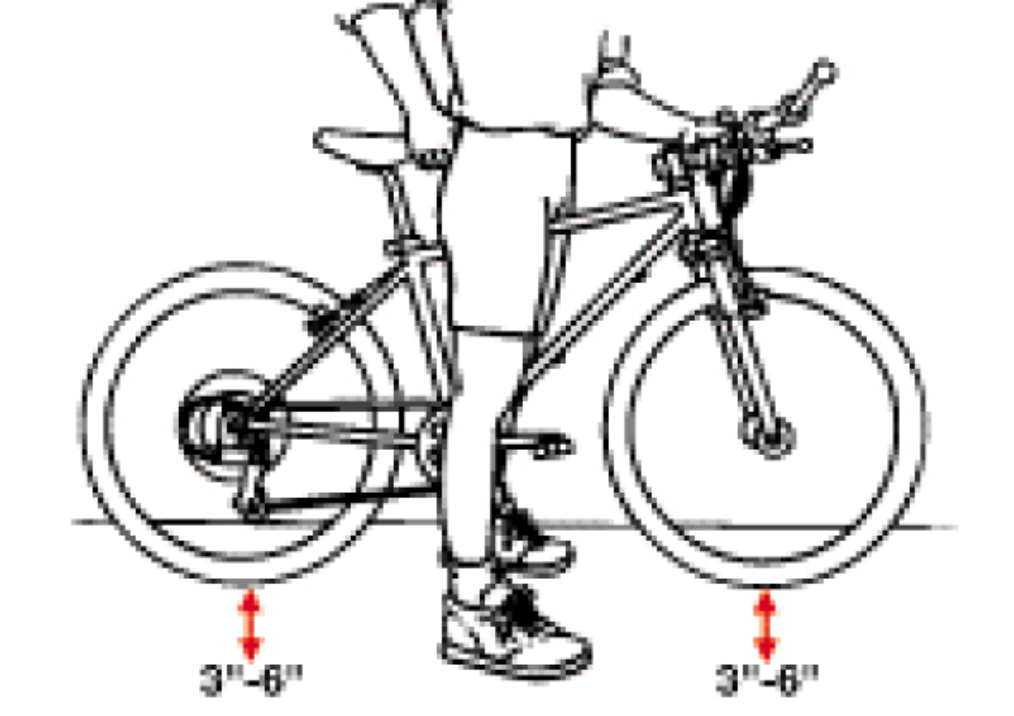
Saddle tilt was set according to rider preference, with some riders being advised to tilt it downwards to prevent pain in the perineal area, however, there was little knowledge and research into saddle pressure, compared to the existing days. For example, check out what we do nowadays at ORBIS LaB in the video being looped above.
5 - The 2000s turn-around point
During the 90s there was only one centre in the world that had both the expertise and technology to perform bike fits as we know them today. This was the Boulder Centre for Sports Medicine (BCSM), established and led by Andy Pruitt (check out Andy’s book “Complete medical guide to cyclists“).
Andy owned the first 3D motion capture system available first for elites and then, in 1998 open to the general public. However, it was not until 2007 that we saw the launch of arguably the most successful tool in the history of bike fitting – Retul. Retul is a portable motion capture system that measure length and trigonometric relations between markers positioned in the body. As a result, this system is highly dependant on marker placement and on the stability of the recording cameras.
Retul made it possible for bike shops and bike fitters to access technology that could only be found in the biomechanics laboratories of large Universities. This was a great achievement. Nevertheless, there were consequences. The negative aspect of popularising such technology, was of course the emergence of technicians, fitters and bike shop owners with a superficial knowledge of biomechanics, data analysis and data plotting. This led to misinterpretation of figures and unreliable recordings from the system.
For this reason, today we often see pseudo-scientific reasoning in most bike fitting clinics, however, with the development of bike fitting as an industry, more and more training is being made available. A good example of this is provided by the International bike fit institute (IBFI).
Retul is intrinsically connected to triathlon through Craig Alexandre. Craig “Crowie” Alexandre was a professional triathlete who finished second in Kona in 2007 and then went on to win twice in a row in 2008 and 2009 and then again in 2011. Craig raced for the first time in full Ironman distance in 2007, coming Olympic distance background with some 70.3 half distances. Retul used their portable motion capture system to prepare Craig’s position for full ironman distance. Craig was the first athlete Retul ever sponsored and from there things just took off for Retul.
6 - References
Andrade, Henrique. 2015. Interview with Andy Pruitt – The ‘Father’ of Bike Fitting. Brasil: https://www.youtube.com/watch?v=qAz-0GHjcsc&
Christiaans, Henri H C M, and Angus Bremner. 1998. ‘Comfort on Bicycles and the Validity of a Commercial Bicycle Fitting System’. Applied Ergonomics 29 (3): 201–11;
CONI. 1972. Cycling. Roma: Comitato Olimpico Nacionale Italiano;
Farrel, William L. 1994. ‘The Fit Kit Story’;
Ferrer-Roca, Ventura, Andreu Roig, Pedro Galilea, and Juan García-López. 2011. ‘Static versus Dynamic Evaluation in Bike Fitting: Influence of Saddle Height on Lower Limb Kinematics.’ Portuguese Journal of Sport Sciences 11 (suppl. 2): 227–30;
Fonda, Borut, and Nejc Sarabon. 2010. ‘Biomechanics of Cycling’. Sport Science Review XIX (1–2): 187–210. https://doi.org/10.2478/v10237-011-0012-0;
Forner-Cordero, A., H. J.F.M. Koopman, and F. C.T. Van Der Helm. 2006. ‘Inverse Dynamics Calculations during Gait with Restricted Ground Reaction Force Information from Pressure Insoles’. Gait and Posture 23 (2): 189–99. https://doi.org/10.1016/j.gaitpost.2005.02.002;
Johnston, Therese E. 2007. ‘Biomechanical Considerations for Cycling Interventions in Rehabilitation’. Physical Therapy 87 (9): 1243–52;
Kronisch, Robert L. 1998. ‘How to Fit a Mountain Bike’. Physician and Sportsmedicine 26 (3): 71–72. https://doi.org/10.1080/00913847.1998.11440350;
Mendez, Hugo. 2018. Franko Vatterott: Badass Entrepreneur In The Triathlon Industry_Dig Deep Podcast 004. Boulder, Colorado: https://www.youtube.com/watch?v=HDLkuoFhP6k&t=958s;
SICI. 2019. ‘The History of SICI According to Ben Serotta’. 2019;
Timmer, Wozniak. 1991. ‘Cycling Biomechanics: A Literature Review’.
Webster, J M, A West, P Conway, and M Cain. 2011. ‘Development of an Automated Cycle Ergometer’. Engineering Procedia 13: 69–74. https://doi.org/10.1016/j.proeng.2011.05.053;
Hamley, E. J. and Thomas, V. (1967) ‘Physiological and postural factors in the calibration of the bicycle ergometer’ J Physiol 191, 55—57;
Nordeen-Snyder, K. S. (1977) ‘The effect of bicycle seat height variation upon oxygen consumption and lower limb kinematics’ Med Sci Sports, 9, 113—117;
Gross, J. and Bennett, C. A. (1976) ‘Bicycle crank length’ in Proceedings of the 6th Congress of the International Ergonomics Association, ‘Old World, New World, One World’, College Park, MD, 11—16 July 1976, pp 415—421;
DeLong, F. (1974) De¸ong’s Guide to Bicycles and Bicycling: ¹he Art and Science, Chilton Book, Radnor, PA;
About the author
Nuno Gama, PhD
Nuno is the founder of ORBIS LaB, a laboratory aimed at athletes and sports enthusiasts, based in Glasgow, UK. He is an expert in biomechanics and physiology and is an extremely approachable person. Nuno enjoys talking about science, life, and sports. Nuno is passionate about his family, his dogs, his guitars and his Rubiks’ cubes.
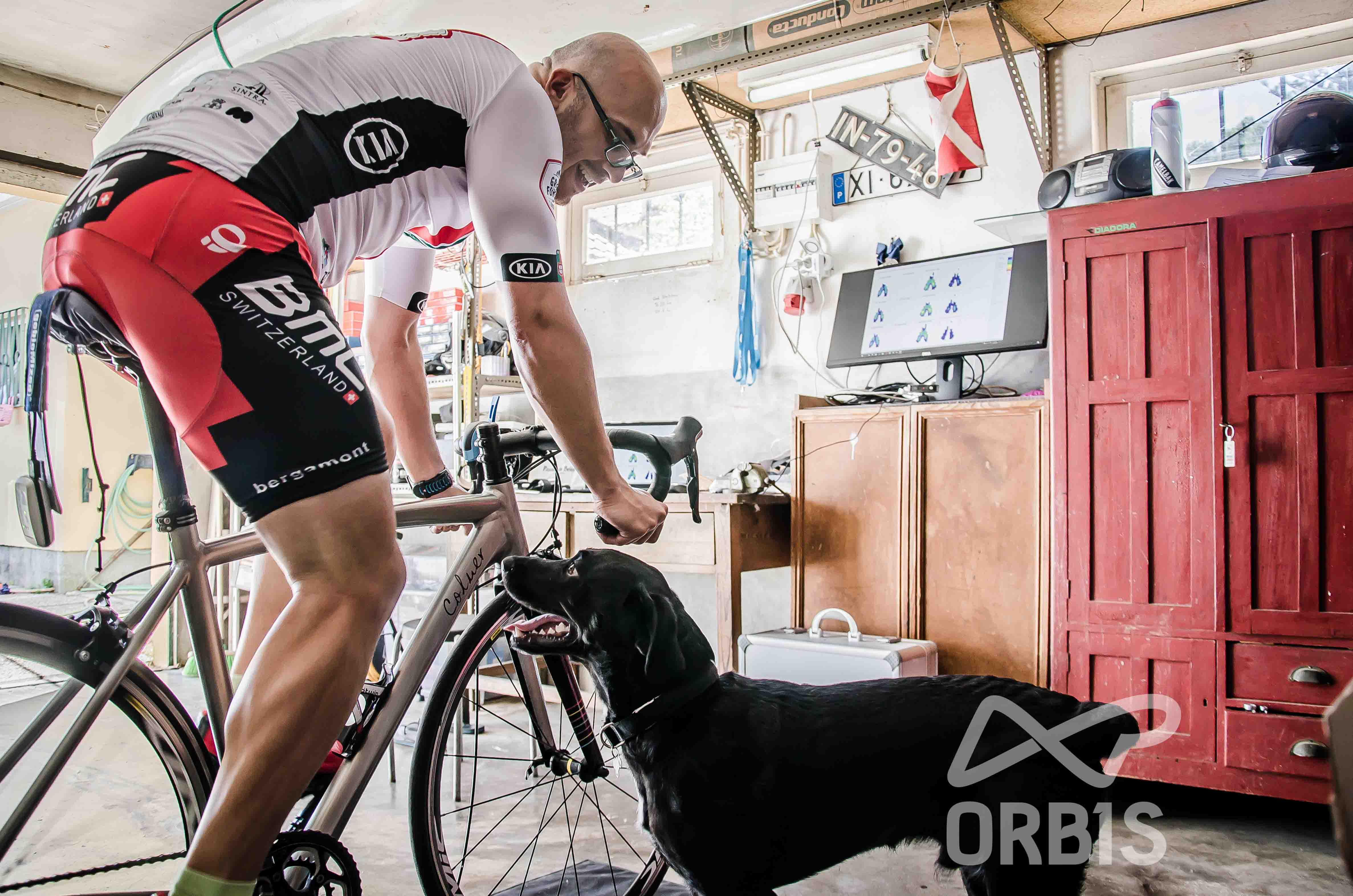


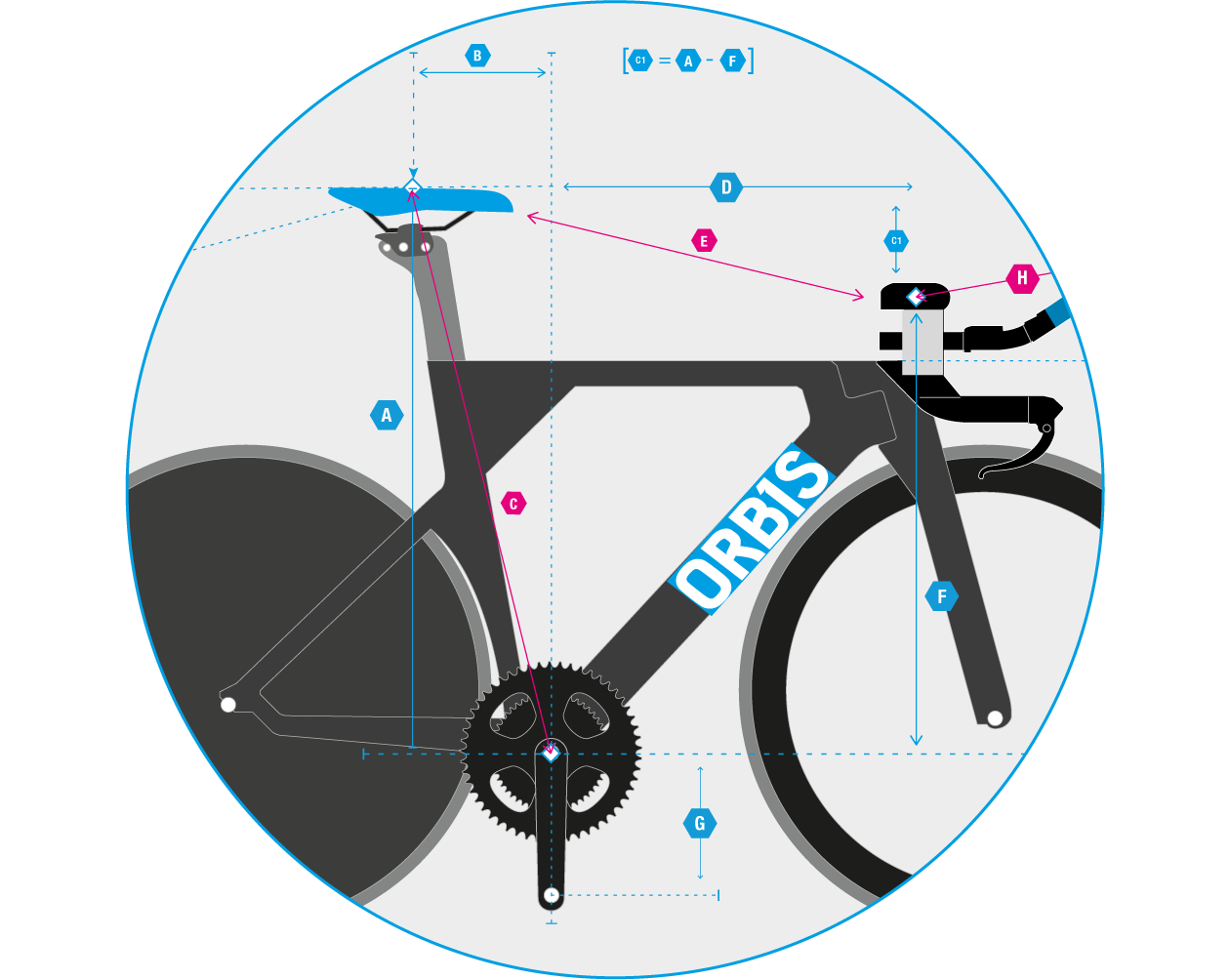
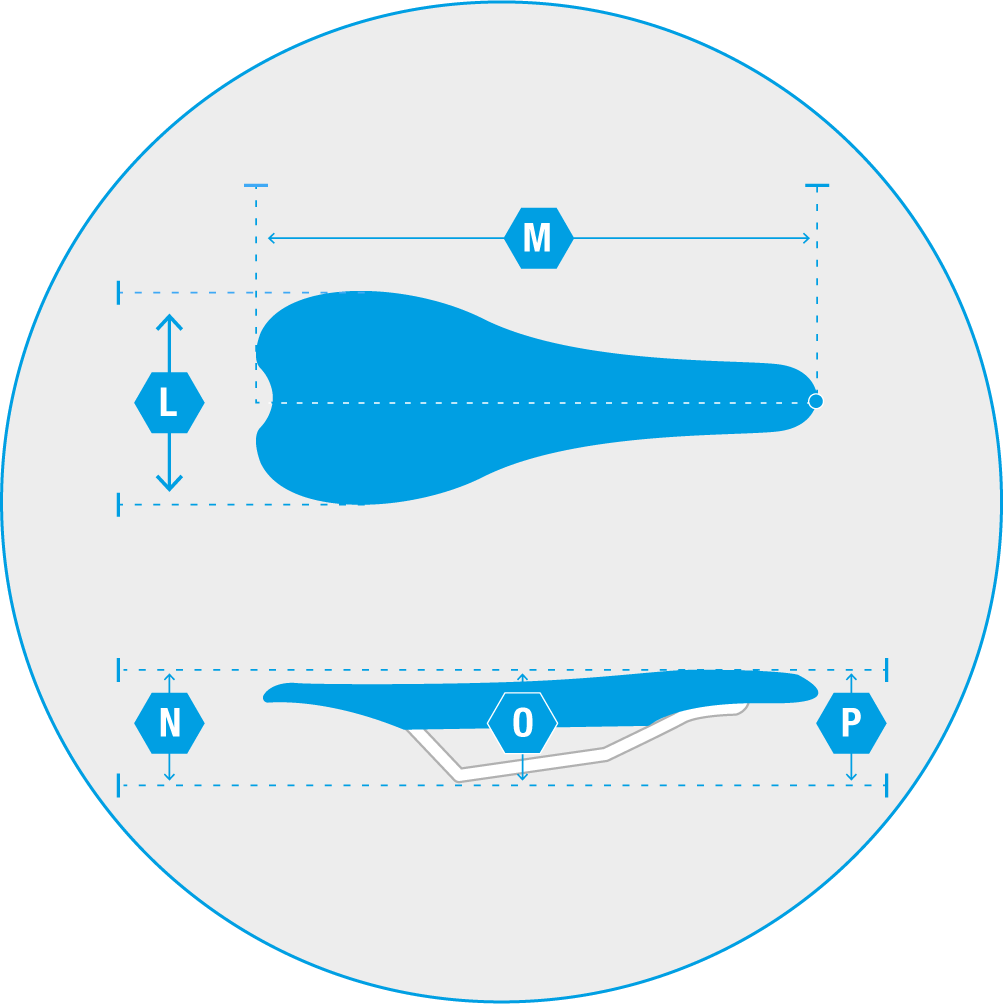
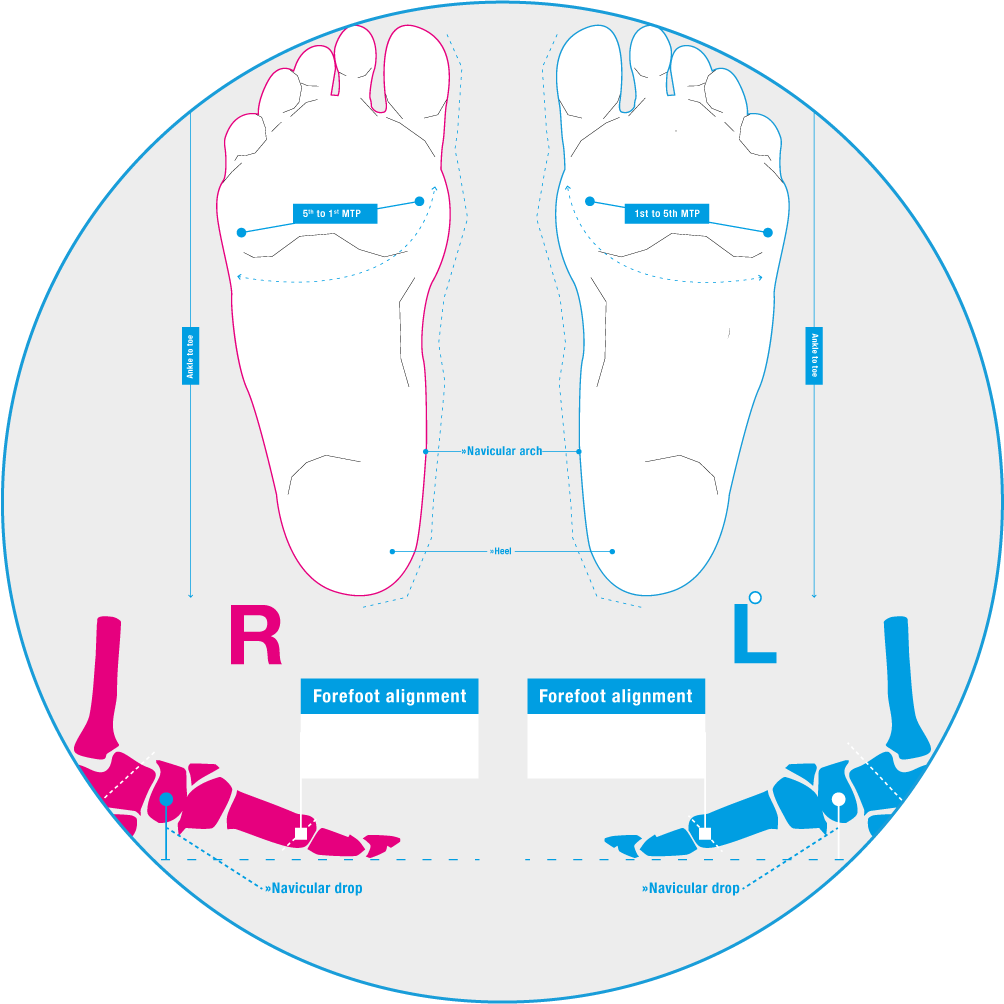



Comments are closed.